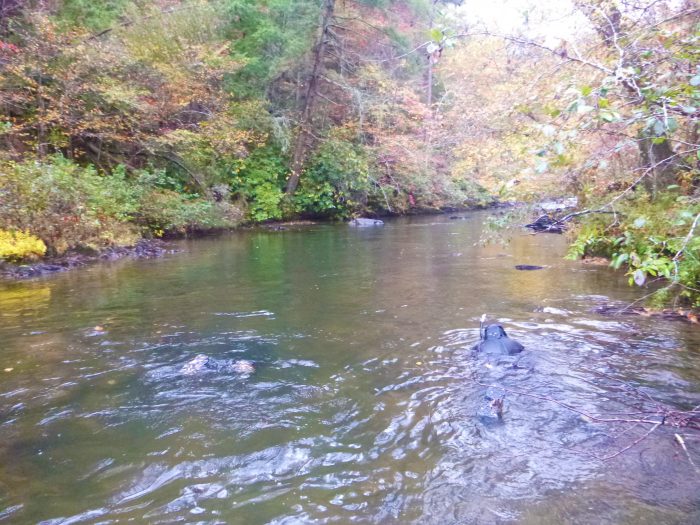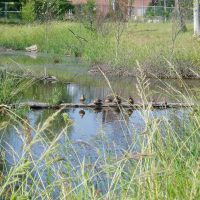
As one of the most debated environmental laws to date, the Clean Water Act’s definition for Waters of the United States (WOTUS) has been through several iterations over the past 30 years. As of this month, the Environmental Protection Agency and Department of Army have published a final rule that repeals the “2015 Clean Water Rule: Definition of “Waters of the United States” (“2015 Rule”), which will take effect on December 23, 2019. This 2019 final rule amends the Clean Water Act to restore provisions and regulations that existed prior to the 2015 Rule, returning to the prior 2006 rule (Rapanos v. Unites States). The 2019 repeal will be consistent with Supreme Court decisions, longstanding agency practice, and will be informed by applicable agency guidance documents.
Decision-makers have put forth four primary reasons for the 2015 rule repeal, which are as follows:
1. The 2015 rule did not implement the scope of the legal limits under agencies’ authority under the Clean Water Act as intended by Congress.
2. When implementing the 2015 rule, agencies did not fully consider and give importance to the policy of Congress in Clean Water Act section 101(b) to “recognize, preserve, and protect the primary responsibilities and rights of States to prevent, reduce, and eliminate pollution” and “to plan the development and use . . . of land and water resources.”
3. The 2015 rule did not clearly state agencies’ constitutional and statutory authority, and therefore, the repeal would avoid interpretations of the Clean Water Act that allow federal jurisdiction to overshadow traditional State land-use authority.
4. Finally, the agencies concluded that “the 2015 Rule’s distance-based limitations suffered from certain procedural errors and a lack of adequate record support.”
For more information, the ruling can be found can the Federal Register here.
Background on WOTUS
The U.S. Army Corps of Engineers (Corps) has regulated fill placement in “Waters of the U.S.” since the Rivers and Harbors Act of 1899. The 1972 Water Pollution Control Act, known as the Clean Water Act, gave regulatory authority to the Corps and the newly formed U.S. Environmental Protection Agency (EPA). A definitive classification for the upper boundary of Waters of the U.S. has been a point of debate since 1972. In other words, which waters are regulated under the Clean Water Act and which are left to the states to regulate? For industry, this question is important to consider, as the outcomes can vary based on where the boundary is set.
The definition of federal waters has been the subject of numerous lawsuits that ended in the U.S. Supreme Court (United States v. Riverside Bayview Homes, 1985; Solid Waste Agency of Northern Cook County v. U.S. Army Corps, 2001; Rapanos v. United States, 2006). In 2015, the Obama administration proposed a new definition of Waters of the U.S., known as the Clean Water Rule. This rule was an expansion of federal regulation onto previously unregulated waters. The resulting lawsuits and court opinions left the U.S. with a patchwork of regulations. In 26 states, the Corps and EPA use the 2015 Clean Water Rule, while in 24 states, the previous Rapanos definition of waters of the U.S. is used.
In 2019, the Trump administration proposed a new definition of Waters of the U.S. (the proposed WOTUS Rule). It has many similarities to previous definitions, apart from excluding ephemeral waters or waters with only ephemeral connections to regulated waters; however, this was not passed in the legislature. Rather, as mentioned above, in 2019 the 2015 WOTUS rule has been repealed, which returns the governing regulations to the 2006 Rapanos ruling.
EnviroScience biologists have worked under the current regulatory framework since the Rapanos ruling, and are very familiar with all aspects of waterway permitting. Learn more about our services: https://www.enviroscienceinc.com/services/wetlands-streams/ https://www.enviroscienceinc.com/services/wetlands-streams/401-404-permits/



